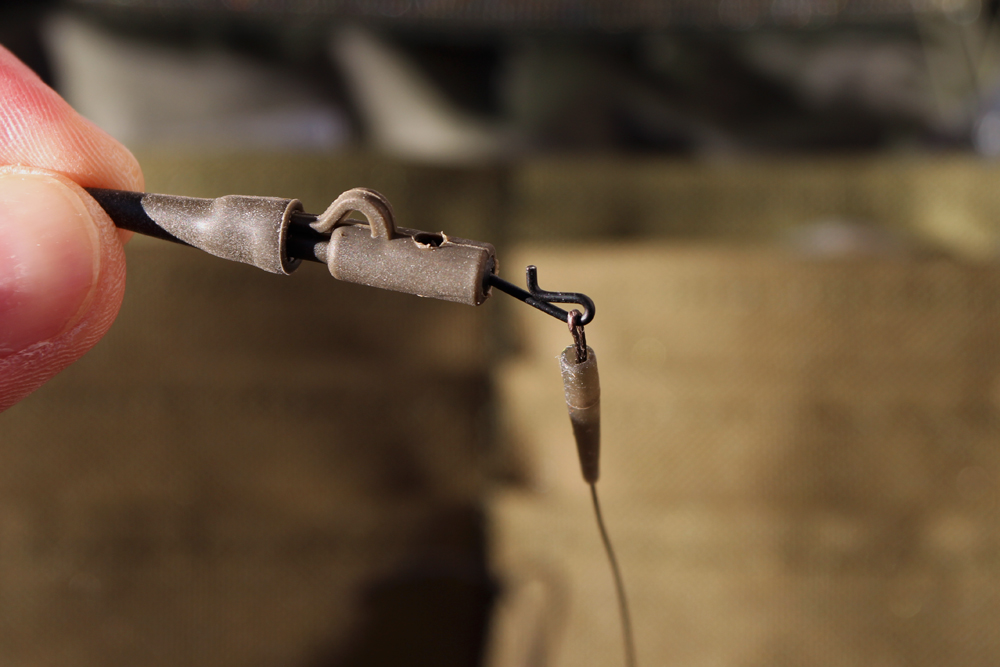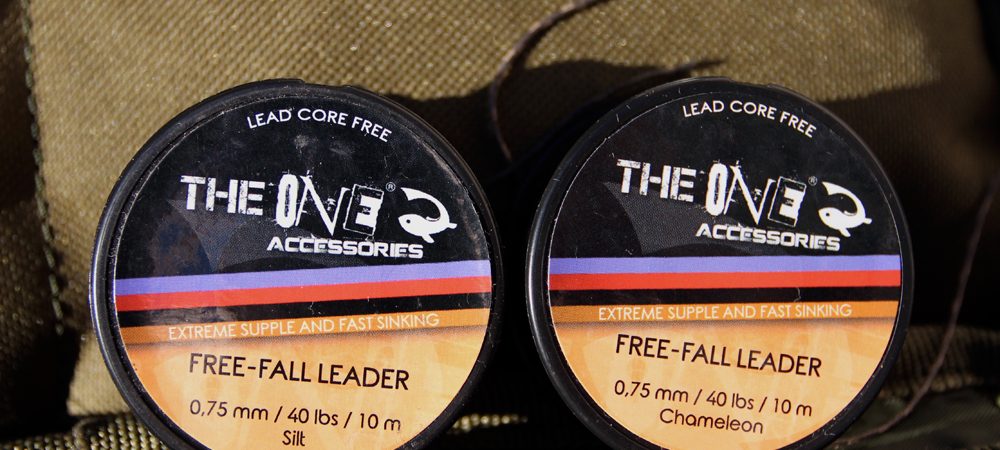I think we can all agree that the last meter of our tackle requires a lot of attention in a boilie session. Your rig should be as effective as possible. It’s important that we use accessories and shock lines that don’t scare the target species we’re trying to catch. Cautious carp and grass carp can spot strange objects and because of this, we might have fewer bites. Thanks to its excellent camouflage abilities, we can use a leadcore. The upgraded version of the leadcore is the shock line. Shock lines don’t have lead fibers inside.
The material that triggers sinking is woven into the free-fall leader, which makes it softer. Therefore, it takes the shape of the deck more easily than the previous version. It’s available in two colors, dark grayish (Silt) and lighter sand (Chameleon). These two colors cover the color of the deck and water of the lakes loved by anglers and they really fit in the environment. They are soft, therefore, they are easy to tie. You can find a leadcore bait needle in the package, which makes it easier to work with the leader. You can use it for making different kinds of rig, for example Chod, Helicopter, Running-Rig, Leadclip, etc. Here, I’d like to show you how to make a simple Leadclip rig.


The two colors which disguise our rig

The Leadclip used for the tackle. You put the lead into it.

As you can see in the picture, softness is very important.


We thread the leader through the leadclip with a bait needle.

We place a swivel on the leader.

And next, we fix the swivel. Push the needle into the leader.


And pull it back into itself as shown in the photo.


After we’ve cut off the part we don’t need, we can just push the swivel into the leadclip.



Make a loop on the other side of the shock line, which you can attach to the main line.

We can easily hook our hooklink in the swivel.

This is how the rig looks like.
This terminal tackle works well when casting, but also when you’re bringing in your rig by boat. Thanks to the design of the leadclip, it can easily drop the lead if the fish finds a snag.
Written by Norbert Paál
Photos: Norbert Paál
Translated by: Mihály Köntös
